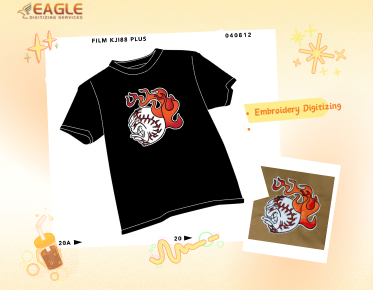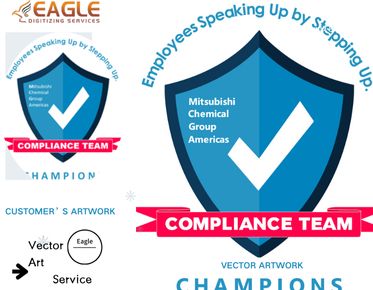How To Turn A Painting Into Vector Art
Turning a painting into vector art is a process increasingly coveted by artists, designers, and companies aiming to preserve the integrity of intricate designs while ensuring their scalability for diverse uses. From logos and branding to printed merchandise, vector art plays a crucial role in modern design fields. This article will guide you through the steps required to convert a painting into vector art and explore some key services and solutions available today.
Understanding Vector Art
Vector art is fundamentally different from raster images. Raster images rely on pixels and can lose quality when resized, whereas vector images use mathematical expressions to create paths and shapes, which allows them to be infinitely scalable without any loss of quality. Common formats for vector art include EPS, SVG, AI, and PDF.
To start creating vector art from your painting, you must understand the tools and software available. For instance, many artists prefer Adobe Illustrator because of its powerful vector editing capabilities. There are also online tools like Vector Magic that can convert raster images into vector formats.
Steps to Convert Painting into Vector Art
1. Photograph or Scan Your Painting
The first step in converting your painting into vector art is to digitize it through a scanner or high-resolution camera. Make sure the lighting is even and colors are accurately captured. Once you have a digital version of your painting, you can start the vector conversion process.
Camera Ready Art offers professional image digitization services that ensure every nuance of your painting is captured accurately.2. Use Vector Conversion Software
Once you have a digital image, the next step is to import it into vector conversion software. This includes powerful tools like Adobe Illustrator, CorelDraw, or dedicated conversion software like Vector Conversions. These applications have features that allow you to trace the bitmap image into a vector format.
When tracing, attention to detail is crucial. Use settings that enhance edge detection and ensure that the most significant elements of your painting are retained. It's often helpful to use a combination of automated tracing and manual path adjustments to achieve the best results.
3. Refine the Vector Image
After tracing, examine the vector image carefully. Look for areas that need refinement, such as excessive points on curved edges or unintended gaps in paths. Refining shapes and applying gradients can aid in maintaining the original piece's depth and texture. Tools such as vector editors allow for this precise refinement, making sure that the final vector art is polished and visually appealing.
4. Save and Export
Finally, save and export your vector art in the necessary formats. Depending on your intended use—whether it be for printing or digital display—save the art in formats like SVG for web use or AI files for editable purposes. Ensure that all paths are closed and the file is optimized for its planned application.
The Role of Professional Vectorization Services
For those who might find self-conversion daunting or need to handle complex designs, professional vectorization services provide an excellent alternative. Companies like Eagle Digitizing offer comprehensive services that handle the entire conversion process efficiently. They specialize in raster to vector conversion, vector tracing, and even specific services like logo conversion and color separation, making them an ideal partnership for businesses needing reliable and high-quality vector graphics.
Considerations for Future Projects
As digital art continues to evolve, keeping abreast of the latest vectorization techniques and tools will be invaluable to artists and designers. With ever-advancing software, the process of converting paintings to vector art becomes more accessible and efficient.
Looking towards the future, consider the possibilities of integrating AI tools with vector software to further ease and potentially automate parts of this creative process. As technology continues to bridge the gap between traditional art forms and digital capabilities, the potential uses for vector art will undoubtedly expand.
This HTML document provides a detailed exploration of converting a painting into vector art, incorporating industry insights and highlighting Eagle Digitizing's role in providing vectorization services. The guide addresses practical steps while suggesting useful tools and services, ensuring readers have comprehensive resources for both DIY methods and professional services.



